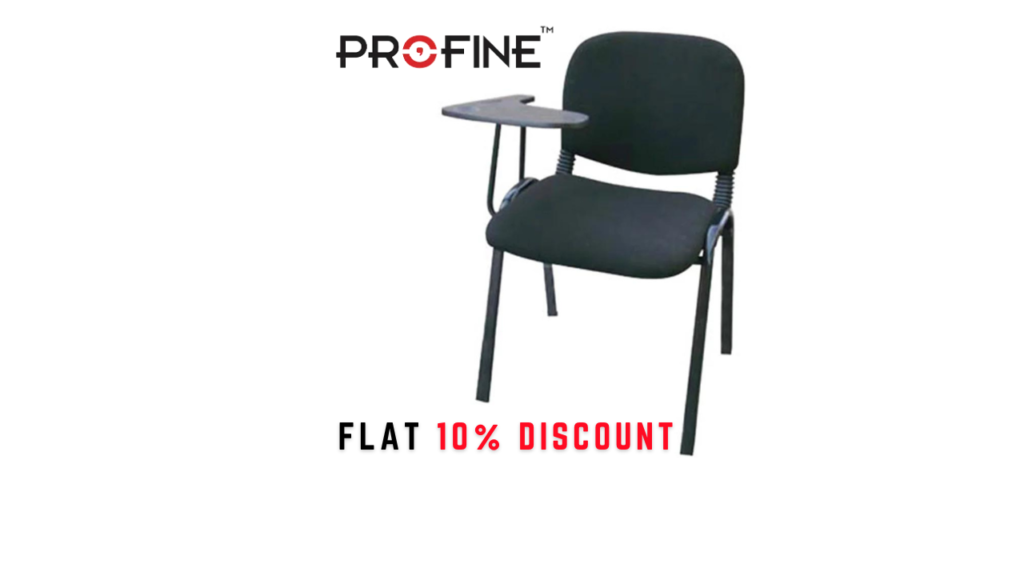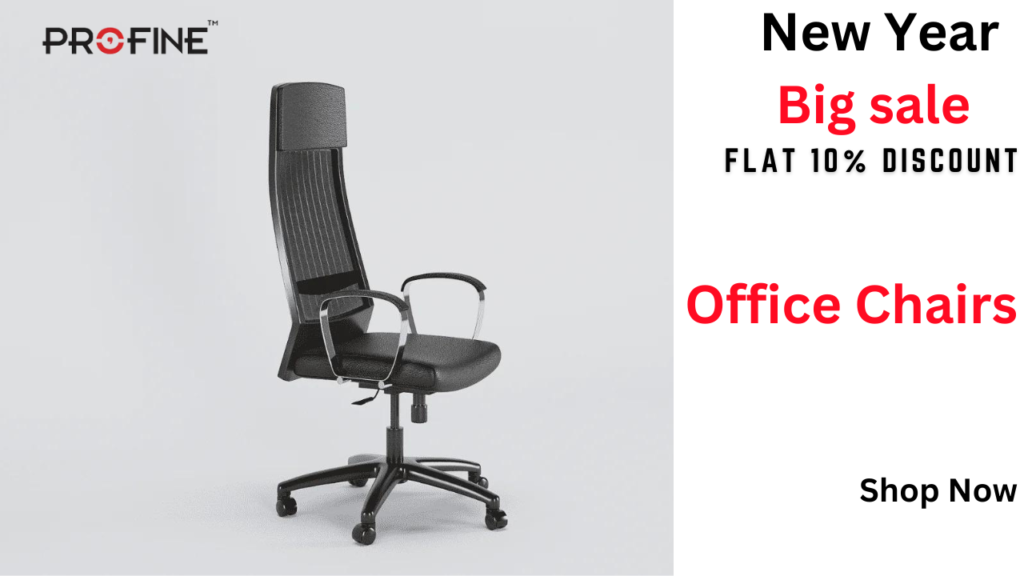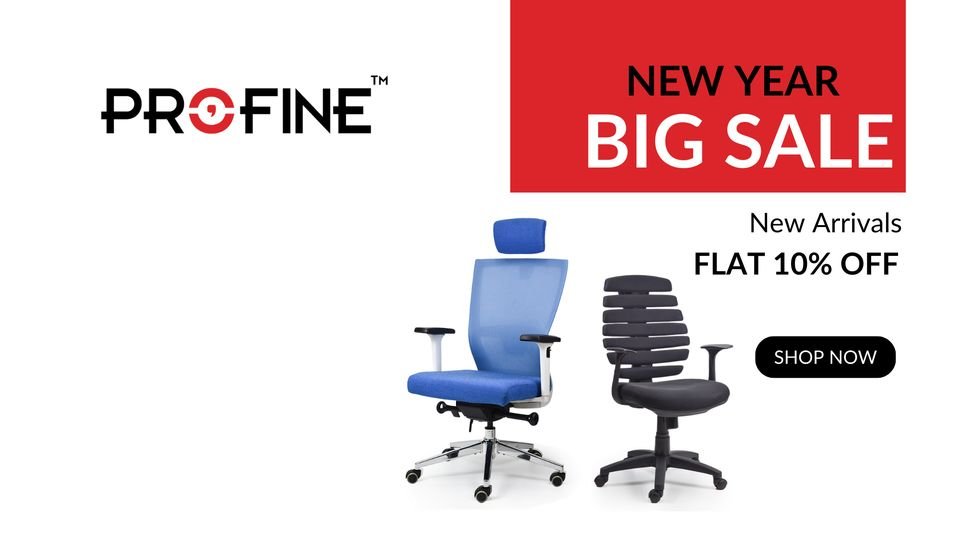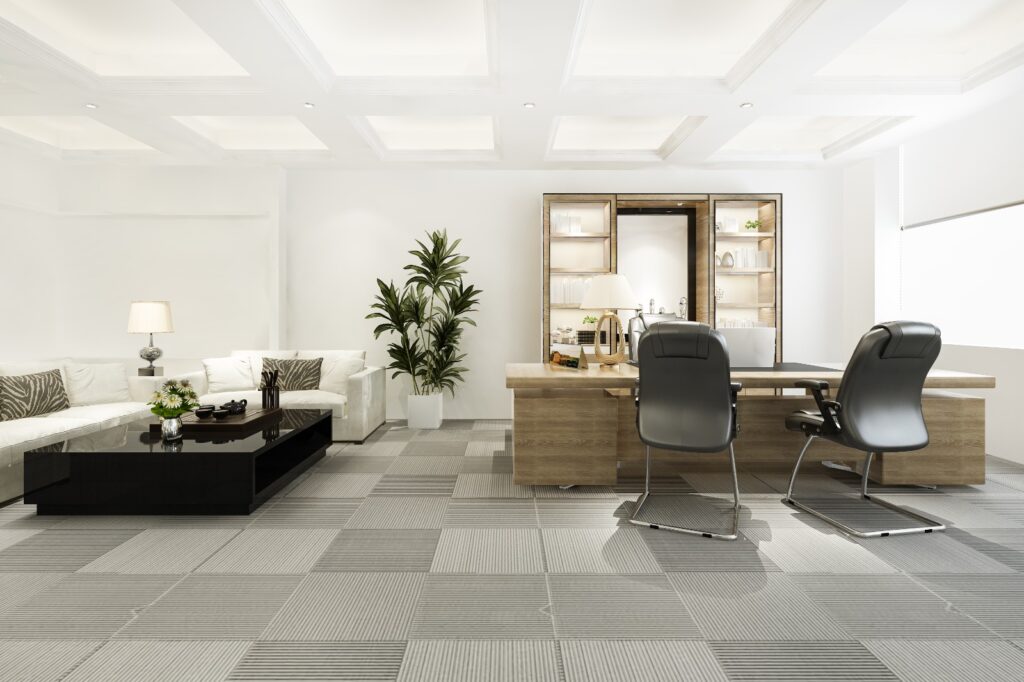Why Collaborative Spaces Thrive with Innovative Commercial Furniture

1. Introduction
As businesses shift towards more dynamic and collaborative work cultures, the design and layout of office spaces have also evolved. Collaborative spaces, often referred to as “third spaces,” provide employees with environments that go beyond traditional office cubicles and conference rooms. These spaces encourage spontaneous interactions, idea sharing, and teamwork. An essential component in creating successful collaborative spaces is the use of innovative commercial furniture.
Looking for: Commercial furniture in Pakistan.
2. The Evolution of Collaborative Workspaces
Gone are the days of isolated workstations and closed-door offices. Modern professionals seek environments that foster creativity and collaboration. Collaborative workspaces have emerged as a response to this need, offering flexible areas that accommodate different work styles and encourage interdisciplinary interactions.
3. The Role of Furniture in Collaborative Spaces
Enhancing Flexibility and Mobility
Innovative commercial furniture is designed with adaptability in mind. Modular seating arrangements, mobile furniture units, and reconfigurable layouts allow spaces to be easily customized for various activities. Employees can transition from focused individual work to group brainstorming sessions seamlessly, thanks to the furniture’s mobility.
Promoting Interaction and Engagement
The layout and design of furniture can significantly impact the way people interact. Collaborative furniture, such as circular seating arrangements or communal work tables, encourages face-to-face discussions. This promotes a sense of camaraderie and facilitates the exchange of ideas.
4. Innovative Trends in Commercial Furniture
Modular Seating Solutions for Flexibility
Modular seating is a hallmark of modern collaborative spaces. These versatile units can be rearranged to accommodate different group sizes and activities. From cozy nooks for private conversations to spacious lounges for team meetings, modular seating adapts to the changing needs of the workspace.
Height-Adjustable Desks for Ergonomics
Ergonomics plays a crucial role in maintaining employee comfort and well-being. Height-adjustable desks allow individuals to switch between sitting and standing positions, reducing the risk of sedentary-related health issues and boosting energy levels.
Technology-Integrated Furniture for Connectivity
In the digital age, connectivity is paramount. Furniture with built-in charging stations, wireless charging pads, and integrated technology hubs ensure that employees can stay connected and productive without being tethered to a single spot.
5. Designing Collaborative Spaces for Different Purposes
Open Lounge Areas for Informal Discussions
Lounge-style settings with comfortable sofas and armchairs create relaxed environments for impromptu conversations and idea sharing. These areas mimic the comfort of home and encourage open dialogue.
Huddle Rooms for Small Group Brainstorming
Huddle rooms equipped with whiteboards and collaborative tools provide private spaces for focused brainstorming sessions. The furniture in these rooms should facilitate group dynamics while enhancing creativity.
Conference Areas for Presentations and Meetings
Conference rooms furnished with large tables and ergonomic chairs are essential for formal presentations and team meetings. The furniture should support technology integration and enable seamless presentations.

6. Choosing the Right Commercial Furniture
Considering Aesthetics and Brand Identity
Commercial furniture should align with the company’s aesthetics and brand identity. Furniture that reflects the organization’s values and culture contributes to a cohesive and inspiring workspace.
Prioritizing Comfort and Ergonomics
Employees spend a significant portion of their day at workstations. Comfortable seating and ergonomically designed furniture reduce fatigue and promote overall well-being.
Balancing Functionality and Style
While aesthetics are important, functionality should not be compromised. Best Commercial Furniture should serve its intended purpose while adding to the visual appeal of the workspace.
7. Benefits of Investing in Innovative Commercial Furniture
Boosting Employee Productivity and Creativity
Well-designed collaborative spaces equipped with innovative furniture have been shown to enhance employee productivity and spur creativity. Employees are more likely to engage in brainstorming sessions and share ideas when they feel comfortable and inspired by their surroundings.
Fostering a Sense of Community and Belonging
Collaborative spaces break down hierarchical barriers and foster a sense of community. Employees from different departments and levels can interact in a more relaxed setting, leading to improved communication and a stronger sense of belonging.
8. Challenges in Implementing Collaborative Furniture
Space Limitations and Layout Planning
Effective implementation of collaborative furniture requires careful space planning. Optimizing available space while ensuring sufficient seating and circulation areas can be challenging.
Cost Considerations and Budgeting
Investing in innovative commercial furniture can be cost-intensive. Balancing the benefits of enhanced collaboration with budget limitations is a common challenge for businesses.
9. Case Studies: Successful Collaborative Spaces
TechHub: Creating a Tech Ecosystem
TechHub, a leading technology incubator, transformed its workspace with innovative commercial furniture. The incorporation of modular workstations and creative breakout areas led to increased cross-team collaboration and a thriving tech ecosystem.
Creative Co-op: Nurturing Artistic Collaboration
Creative Co-op, an art and design agency, embraced collaborative furniture to nurture artistic collaboration. Open studio spaces with communal work tables and adjustable easels facilitated seamless idea sharing and artistic synergy.
10. Future Outlook: The Continual Evolution of Commercial Furniture
As technology advances and work dynamics evolve, the landscape of collaborative furniture is poised for further innovation. The integration of virtual reality, customizable smart furniture, and sustainable materials will continue to shape the future of workspaces.
11. Conclusion
Innovative commercial furniture is more than just functional; it’s a catalyst for creativity, collaboration, and community-building within workspaces. By thoughtfully designing and implementing furniture that prioritizes flexibility, comfort, and technology integration, businesses can create environments that inspire employees and propel them towards higher levels of productivity and innovation.
Searching for: Commercial furniture market in Lahore.
FAQs
Q1: What is the significance of collaborative workspaces in modern offices?
A: Collaborative workspaces encourage teamwork, idea sharing, and creativity by providing flexible environments that go beyond traditional office setups.
Q2: How does furniture contribute to collaborative spaces?
A: Furniture enhances collaborative spaces by promoting interaction, adaptability, and ergonomic comfort.
Q3: What are some innovative trends in commercial furniture?
A: Trends include modular seating, height-adjustable desks, and technology-integrated furniture.
Q4: How can businesses balance aesthetics and functionality when choosing commercial furniture?
A: It’s important to choose furniture that aligns with the company’s brand while also serving practical purposes and ensuring employee comfort.
Q5: What benefits do collaborative spaces bring to employee well-being?
A: Collaborative spaces foster a sense of community, belonging, and improved well-being through enhanced interactions and a more dynamic work environment.








